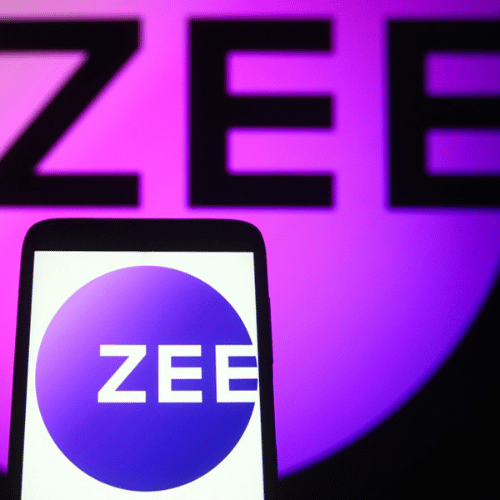Netflix has been working hard to expand after losing over 2 lakh subscribers and sacking over 300 staff members. In addition to experimenting with its new password sharing technique, it has teamed with Microsoft to offer a more affordable subscription option with advertisements.
As it turns out, not everyone uses Netflix.
The largest streamer in the world reported on Tuesday that it has lost 970,000 subscribers in the three months ended June 30 compared to its gloomy April forecast of a loss of two million.
The streaming service, which has revolutionised the TV and film industries since it started releasing original material almost ten years ago, has had a rough few months financially. The company is exploring fees for password sharing in Latin America and is planning a less expensive version of the service with advertisements—a significant reversal—after its stock price fell 71 percent in the previous year. Despite competition from HBO Max, Disney+, and Hulu, employee layoffs have made headlines.
The streamer said that it had lost 200,000 customers in an earnings call in April, marking its first loss since 2011. Then, it forecast a 2 million subscriber decline in the three months leading up to June 30. The announcement and forecast sent shockwaves through Wall Street and Hollywood, harming the company’s reputation and forcing layoffs. And shifting priorities might affect what series and movies are produced, how long they run, and whether Netflix members can afford it without being interrupted by ads.
According to Tom Nunan, a former network and studio president who now teaches at UCLA, new TV shows and movies take time to produce, so “any movements Netflix makes today won’t be felt for another two years, or probably longer, in terms of the consumer.”
The company’s own predictions for the subscriber loss in the second quarter were exceeded, and Netflix anticipates a rise in the following three months, so things may not be looking that bad for the streamer right now. According to analysts, the two-part release of “Stranger Things” Season 4, which Netflix claims is its most-streamed English language programme, may have prevented this quarter’s losses from being more pronounced.
According to Ferran G. Vilero, CEO of streaming video analytics company NPAW, the loss of members “seems to be attributable to increased competition from other streaming services, unfavourable global economic conditions, and the fact that the company already has a very high level of customers.” The 74 million subscribers to HBO Max and the 87.6 million subscribers to Disney+, both of which are available in fewer countries, are dwarfed by Netflix’s 220.6 million global customers.
There might eventually be a cap on the number of people who sign up for streaming services.
The relaxation of pandemic limits is one of the reasons some people might give up the “flix,” according to Nunan, who notes that while the scope of such ambition is remarkable, it turns out that it is unsustainable. The question that consumers are asking themselves is, “Do I really need all of this stuff, and more importantly, can I afford it?” as they thoroughly examine their streaming bills.
Netflix said Tuesday that a more affordable, ad-supported tier of memberships is coming and will launch in early 2023. The service didn’t exactly describe how those advertisements would appear or in which markets they would appear first. “Like with most of our new efforts, our plan is to launch it, gather feedback, and then swiftly iterate to improve the product. Therefore, it is possible that our advertising company will seem very different in a few years from how it does now.”
Similar packages are also offered by HBO Max, Hulu, and Peacock (which also has a free tier with ads), and shortly Disney+ will follow suit. It only depends on how quickly Netflix can get it up and running after agreeing to work with Microsoft last week.
The pricing has not yet been disclosed, and it is unclear how the advertisements will fit into the content (the most basic current ad-free monthly membership costs $9.99, but the usual tier is $16.49). Will they, like those for network series, be crammed into the middle of episodes that were never made with a natural break for them?















